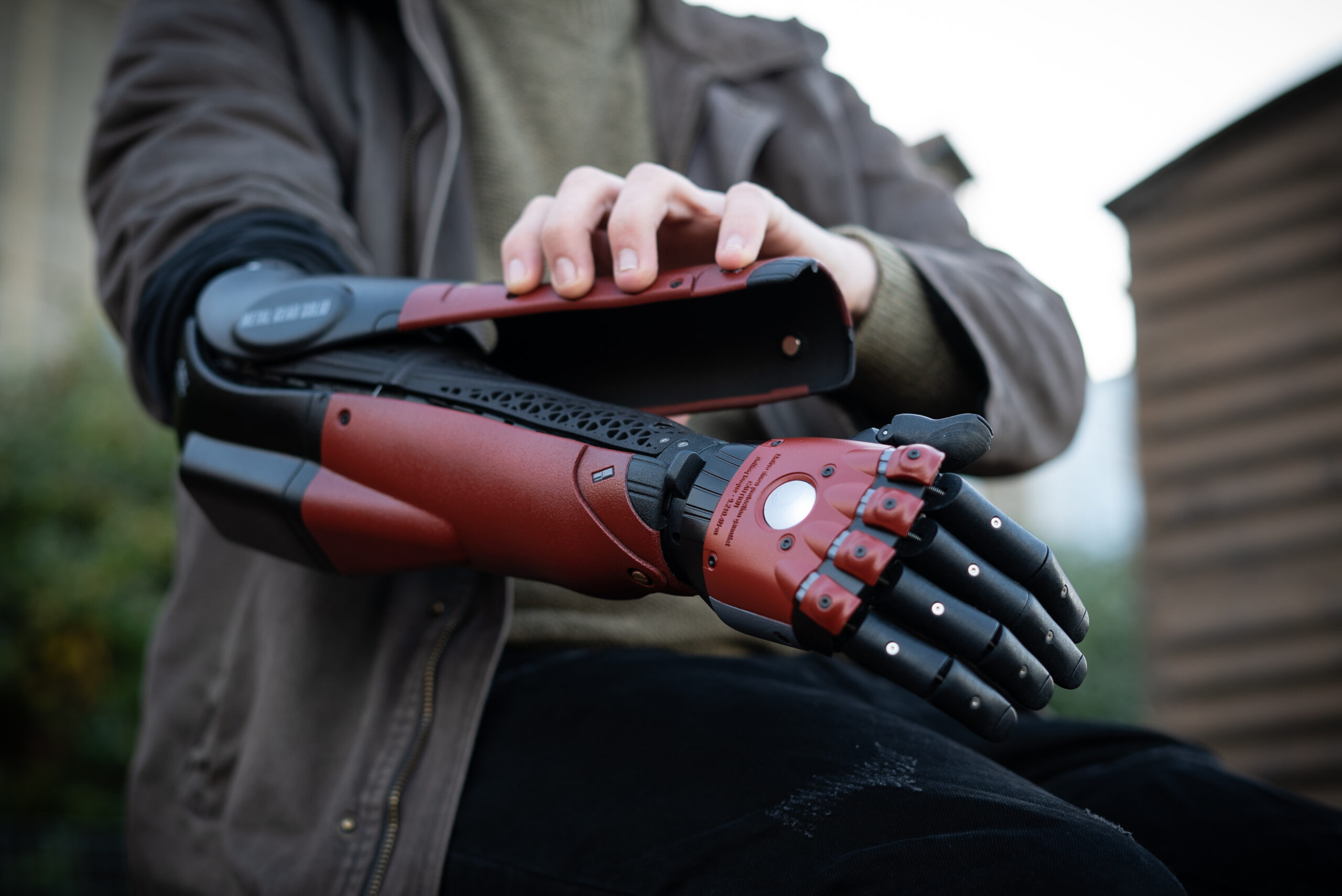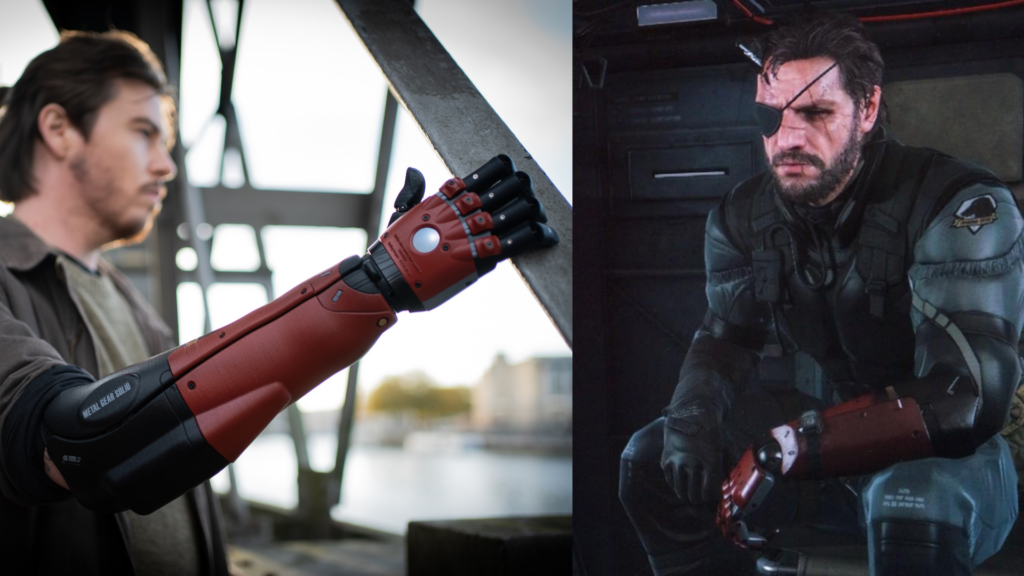Bridging the Gap Between Realistic Function & Fantasy Assumptions
21st May 2023

21st May 2023

Let’s set the scene: you’re an upper limb amputee looking to create a following on TikTok. You’ve just spent time scripting, recording, and editing a video that features you and your prosthesis. You’re excited to hit ‘post’, and curious as to the engagement you’ll receive surrounding your limb difference and prosthesis. The notifications begin to pour in. Your phone is alive with buzzing and beeps and dings. You’re going viral! People are interested in your prosthesis! They want to know how it works, where you got it, how much it costs. You begin to scroll through the comments. “Can you break my neck with it?” “I’d love to see you punch through a concrete wall!” “Hi Bucky Barnes!” Your excitement slowly diminishes as reality sets in. People don’t seem to be aware of what real-life bionic people can and can’t do with their devices. The media has, yet again, created an unrealistic depiction of the capabilities of prosthetics. How do we tackle this issue? Certainly not by punching through a wall with our prosthesis.
We’ve seen the movies and shows. Star Wars, Terminator, Marvel. We’ve seen bionic characters over-powering their way through the plot with their mighty devices, wreaking havoc and defying human capabilities as they go. In terms of prosthetic representation in media, these are what the world sees, and therefore these fantasy expectations begin to leak into assumptive minds that it’s realistic function. However, the limb different community, myself included, knows this is farthest from the truth.
I was born without my right arm below the elbow, which is what’s known as a congenital amputation. I’ve used a variety of prosthetic arms throughout my life, most recently and currently the Hero Arm by Open Bionics. The Hero Arm is a multi-grip myoelectric bionic prosthesis, laser sintered with Nylon 12 and custom fitted to every user. With a description like that, it must be able to lift a full-grown adult off the ground and hurl them 10 feet back, right? Sorry, but no. To educate people positively and effectively on the expectations and capacities of prosthetics, it’s important to draw a line between function and fantasy.
To start, it’s appropriate to point out that bionic arms are medical devices, not overpowered weapons. In addition, their strength can be categorized into two areas: grip force and lift capacity. Grip force is measured in newtons and lift capacity is measured in kilograms. Specifically, the Hero Arm has a lift capacity of 8 kilograms, which translates to about 18 pounds. This means that the Hero Arm is designed to successfully lift items that fall within the 18-pound range. You certainly won’t see me using my Hero Arm to lift another human off the ground like Spider-Man or Batman. However, the lift capacity that comes with my Hero Arm is perfectly suited to making day-to-day tasks, such as carrying shopping bags, manageable and successful.

To educate people positively and effectively on the expectations and capacities of prosthetics, it’s important to draw a line between function and fantasy.
Similarly, the Hero Arm’s grip force is designed to stop once the pressure of the grip can no longer surpass the weight of what is being gripped. In terms of practicality, this function gives peace of mind to the user, as the fingers won’t be put to ultimate strain on items they are not designed to “crush.” This feature of the design also prevents the motors from breaking under load so the Hero Arm and maintenance of it is affordable. While this may come as a letdown to those wishing to see a prosthesis crush rocks, it comes as a form of realism for the user.
Some have also come to expect that bionic arms are also powered through the mind or an ultra-elaborate sci-fi interface that is linked to the nerves of the human body. I admit this sounds way cooler than reality, but the reality is much simpler. The Hero Arm is controlled through muscle sensation in the socket of the device. When I flex the muscles in my residual limb, sensors called electrodes inside the socket detect those frequencies, which makes the fingers move. This is a control system that even children have come to master, making the Hero Arm inclusive to almost anyone with a below-elbow limb difference.
Something the Hero Arm has mastered is a balance of function and fantasy, not one over the other. The Hero Arm comes with the unique option to swap colored and themed covers, which empower each user and allow them to express their personality and mood. A user may opt for an Iron Man-themed Hero Arm, allowing them to embrace their admiration for the character while also helping their body image and self-esteem. This is crucial. While designer covers don’t turn a user into an actual Avenger with superhuman strength, they certainly bring those who may be struggling with peer acceptance or body positivity out of their shell. They also invite positive discussions about the device and user rather than elicit uncomfortable or negative reactions. This is where the fantasy aspect is properly utilized and where it shines brightest.
The Hero Arm is not a superhuman device, but the functions and artistic options it brings to the table are turning users into self-empowered individuals that embrace their limb difference as a superpower all its own. As a user and a fan of the Hero Arm, I recommend that you register your interest by visiting www.openbionics.com.